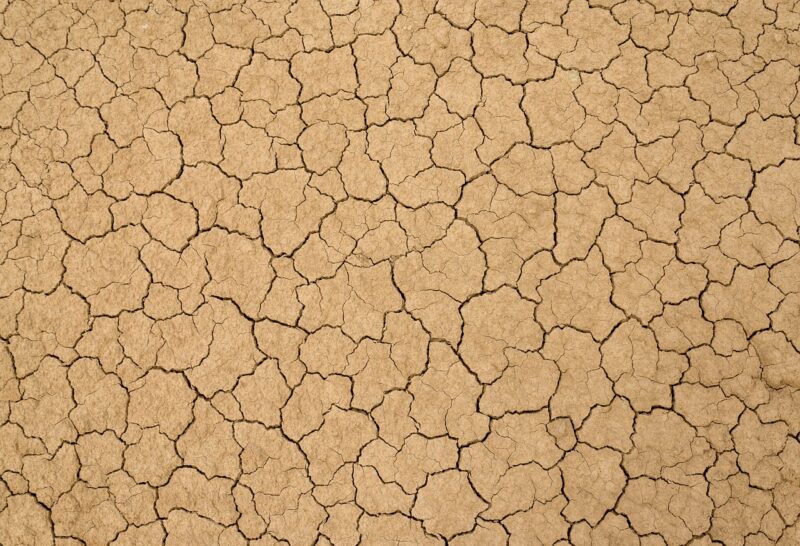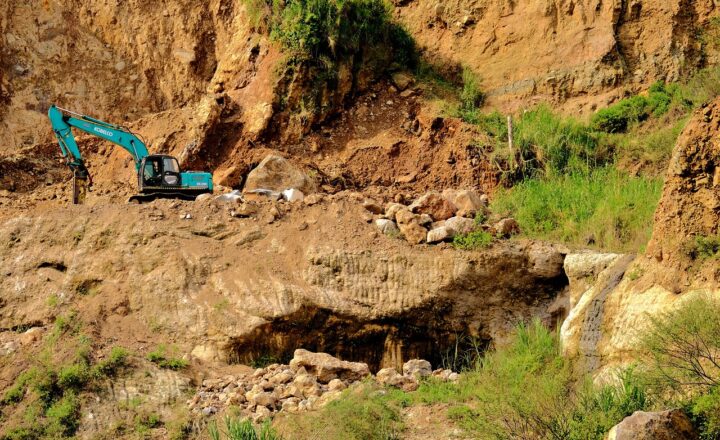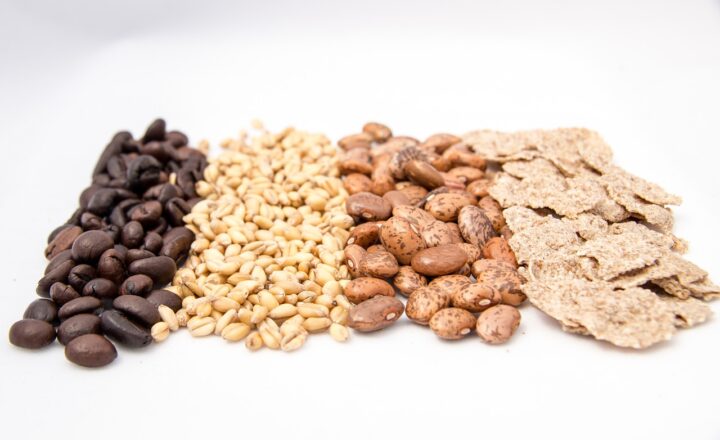Eating Dirt and Clay: The Weird Trend That’s Growing in Some Cultures
November 13, 2024

In recent years, a peculiar dietary trend has emerged across various cultures—eating dirt and clay. Often labeled as strange or bizarre by outsiders, this practice has historical roots and cultural significance that warrants a closer look. Far from being merely a curious oddity, the consumption of soil or clay involves various social, health, and nutritional aspects that many people might find surprising.
1. The Practice of Geophagy
Geophagy, derived from the Greek words ‘geo’ (earth) and ‘phagy’ (to eat), is the practice of eating earth or soil-like substances. This behavior is not uniquely modern; it has been observed across several cultures around the world for centuries. While some communities consume dirt as a form of cultural tradition, others do so for medicinal purposes or as a dietary supplement.
Various regions, such as sub-Saharan Africa, parts of South America, and even among certain Native American tribes, demonstrate this unusual practice. Clay consumed commonly comes from a variety of sources, often referred to as kaolin clay, which is known for its purported health benefits and mineral content.
2. Historical Context of Eating Dirt
The consumption of soil has deep historical roots. Archaeological findings from various societies reveal a long-standing tradition of geophagy among indigenous people. In some cultures, pregnant women are particularly prone to this practice as it is believed to alleviate nausea, improve digestion, and meet essential mineral needs that may not be sufficiently provided through standard dietary choices.
Moreover, certain types of clay are consumed to counteract toxins and bacteria commonly found in the local environment. Historical texts indicate that ancient Egyptians, Greeks, and Romans occasionally ingested earth or clay as part of their diets, affirming that this practice stretches far beyond contemporary trends.
3. Cultural Significance and Societal Perception
In many cultures where geophagy is prevalent, consuming dirt or clay is deeply intertwined with social customs and traditions. For example, certain African tribes consider eating clay as a rite of passage for young girls, marking their transition into womanhood. In this context, sharing clay is an act of bonding within families or communities.
However, the global perception of geophagy can be complicated. In developed regions, the act of eating dirt often evokes disgust or incredulity, while proponents in cultures where it is normalized may view it as a wholesome, healthy practice. This cultural dichotomy raises questions about dietary practices, societal norms, and racism, particularly towards those who engage in traditional habits that are misunderstood by outsiders.
4. Nutritional Benefits and Health Considerations
Despite being perceived as an unconventional culinary choice, proponents of geophagy often cite numerous health benefits associated with the practice. Clay, for instance, contains various minerals, such as calcium, magnesium, and iron. These essential nutrients are crucial, especially for groups with dietary deficiencies.
Moreover, some types of clay are thought to possess detoxifying properties, helping to bind to toxins and facilitating their excretion from the body. Proponents assert that these natural clays can help combat indigestion and promote gut health. However, it’s essential to approach this practice with caution.
Consuming unregulated clay sourced from the earth may introduce harmful contaminants, including bacteria, parasites, or heavy metals, leading to potential health risks. Thus, those who choose to engage in geophagy must understand where their clay comes from and ensure it is safe for consumption.
5. Modern Trends and The Rise of ‘Eaters’
In today’s interconnected world, the once localized practice of eating dirt and clay has gained newfound attention through social media and viral trends. Vlogs, videos, and articles highlighting individuals consuming and discussing geo-food practices have burgeoned in popularity, showing that curiosity about this bizarre trend is on the rise.
Instagrammers and influencers share visually appealing posts showcasing colorful clays while documenting their experiences surrounding this peculiar diet. Many have adopted geophagy for perceived health benefits, expanding its reach beyond historical and cultural contexts into modern wellness culture. This diversification draws both enthusiasts and critics, with discussions about sustainability, dietary alternatives, and health implications often swirling within these circles.
6. Conclusion: The Rich Tapestry of Geophagy
As we navigate the complexities of dietary practices in our globalized society, it’s crucial to recognize the rich tapestry that geophagy represents. More than just a weird trend, eating dirt and clay carries cultural histories, nutritional significance, and societal implications that deserve understanding and respect. While exploring alternative diets can be fun and enlightening, the practice of consuming soil — rooted in centuries of tradition — serves as a reminder of how diverse human experiences can be.
Eating dirt may seem odd to many, but for those who embrace it, it is steeped in culture, community, and a deep connection to the earth. Recognizing this diversity can promote greater acceptance and understanding of dietary habits that differ from our own.








